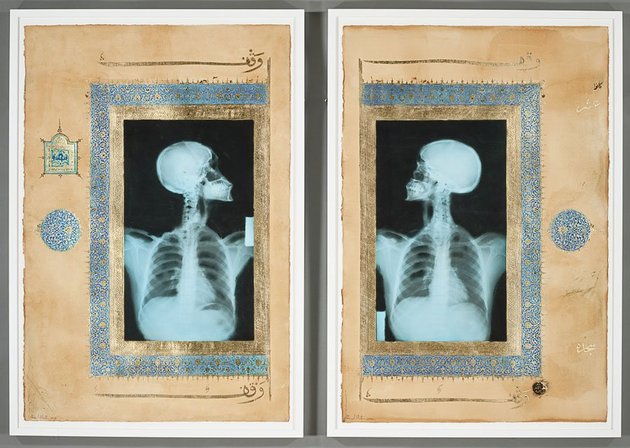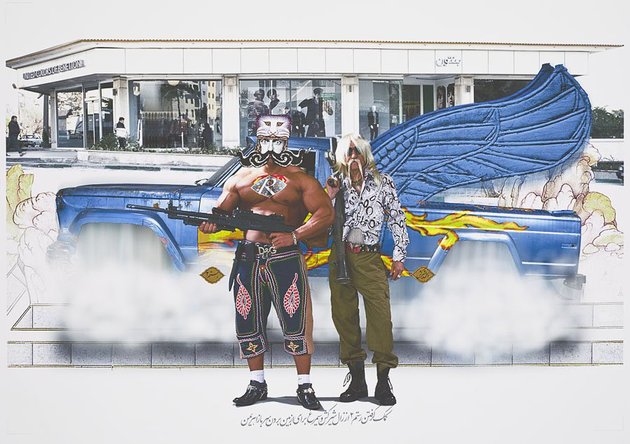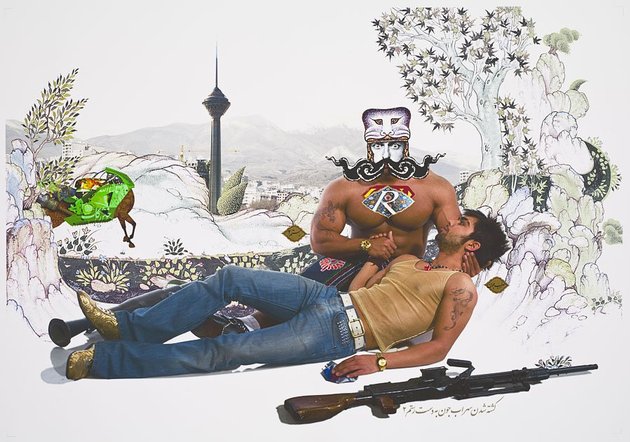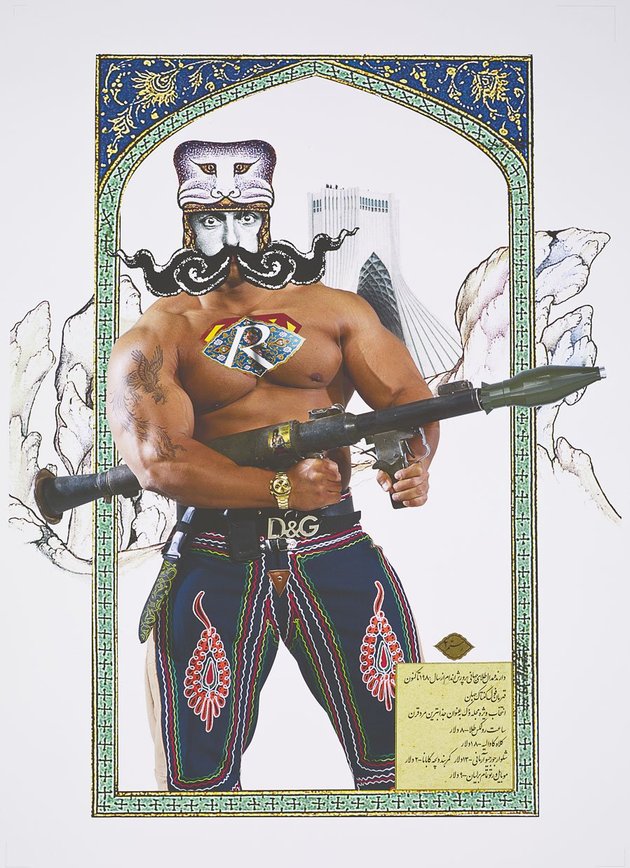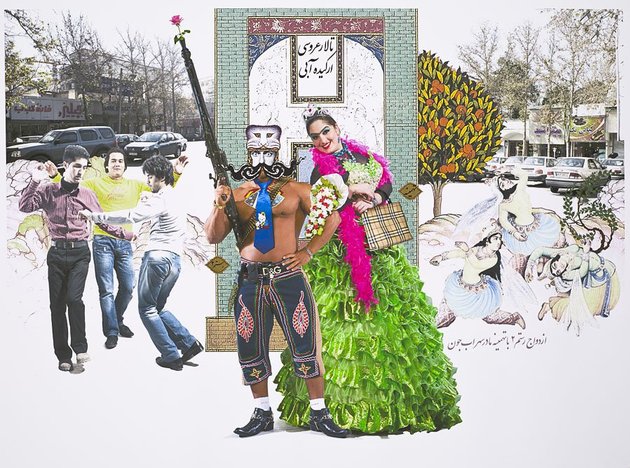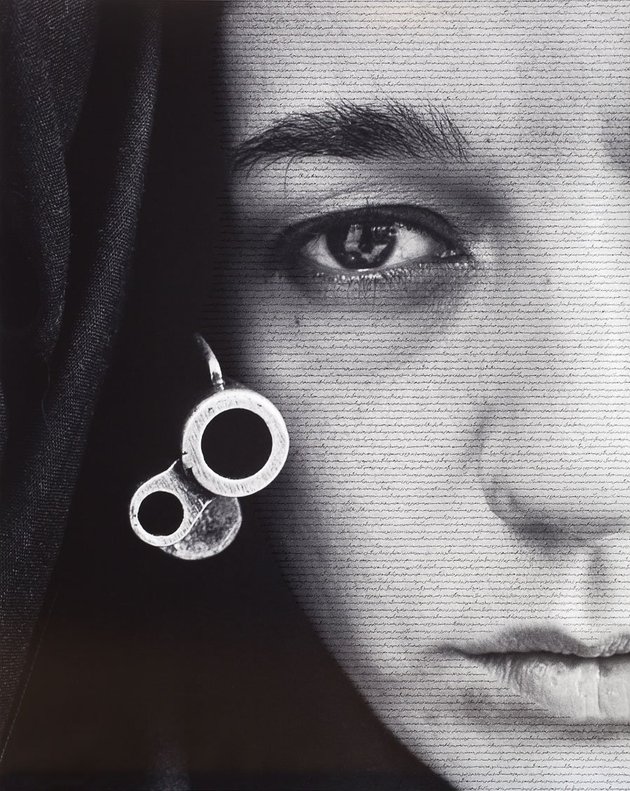News
LACMA’s Art of the Middle East
'I had something of an epiphany after visiting the British Museum's Word Into Art exhibition in 2006, witnessing the curatorial trajectory that curator Venetia Porter had followed in curating works from modern and contemporary Middle Eastern epoch', explained Linda Komaroff, Los Angeles County Museum of Art's curator of Islamic Art, in a conversation with me in July. Komaroff, an accomplished scholar on Iran and Central Asia, has been in the post at LACMA since 1995 and is the author of several books and curatorial projects, which include Letters in Gold: Ottoman Calligraphy from the Sakip Sabanci Collection, Istanbul (1999) (as a curator), and The Legacy of Genghis Khan: Courtly Art and Culture in Western Asia, 1256 – 1353 (2003) and most recently Gifts of the Sultan: The Arts of Giving at the Islamic Courts (2011), which toured to Museum of Fine Arts, Houston (2011/12) and made its third stop at the Museum of Islamic Art, Doha (2012). Her mission is to expand the contemporary collection of works from the Middle East as part of the LACMA Art of the Middle East (AME) department.
Though relatively young, the AME department – which was established in 2002 – has grown considerably, with works acquired through both private gifts and purchase. The collection boasts some impressive holdings from internationally reputable Middle Eastern artists, such as Iranians Shirin Neshat and Shadi Ghadirian, as well as renowned Saudi artist Ahmed Mater, who was commissioned to produce a new video work for the Gifts of the Sultan touring exhibition. The premise of the collection is simple: a continuation of LACMA's existing holdings of rich Islamic works, which Komaroff defines as 'another phase in the history of the collection'. Despite obvious resistance in a post 9/11 climate in the US, Komaroff remains determined in the face of hostility with her goal of creating a world-class collection of contemporary Middle Eastern works. Given her obvious credentials and existing achievements, this aim is already in motion, with the department holding over 100 contemporary works, many of which have been recently acquired through a newly-established committee that supports the acquisition of works through selection and purchase.
What clearly sets Komaroff's mission apart from other international institutions setting up acquisition committees and securing works from the region and its diaspora is that she is actually knowledgeable on the history and geography of the region. Her goal is to enrich the existing collection rather than partake in any neo-colonial economic desires to dominate and conquer a region that already holds a position in the western colonial imagination. Komaroff originally stated that at one point she did not believe it to be possible to connect Islamic art with contemporary works, her claim being based on the acknowledgement and reassertion that many scholars and art historians alike share that Islamic art and modern art from the Islamic world are separate entities. Islamic art is largely inspired by the Qu'ran, where iconography is prohibited and is instead more of a derivative of shariah principles more commonly reflected in architecture, monuments and crafts that embrace Quranic scripts, and is mainly the reflection of Islamic history. Whereas modern and contemporary art from the Middle East is more of a visual response to the changes in lifestyle and technology within the twentieth century, which is a product of artists' subjectivities to their own individual identities and realities. There is also the question of language, for the Middle East also contains the Persian speaking world of Iran, which, although it shares its common ground with Islamic religion and cultural heritage, is not the same. Aware that academic scholarship on the region is quite dispersed, Komaroff has also started to form a library of resources similar to the Victoria & Albert Museum's National Art Library, which is expanding to include contemporary art books and catalogues on the region. By creating such a resource, LACMA's AME department looks set to become a leading resource on the West Coast of America for art historians and researchers on the Middle East looking for scholarship and insight.

